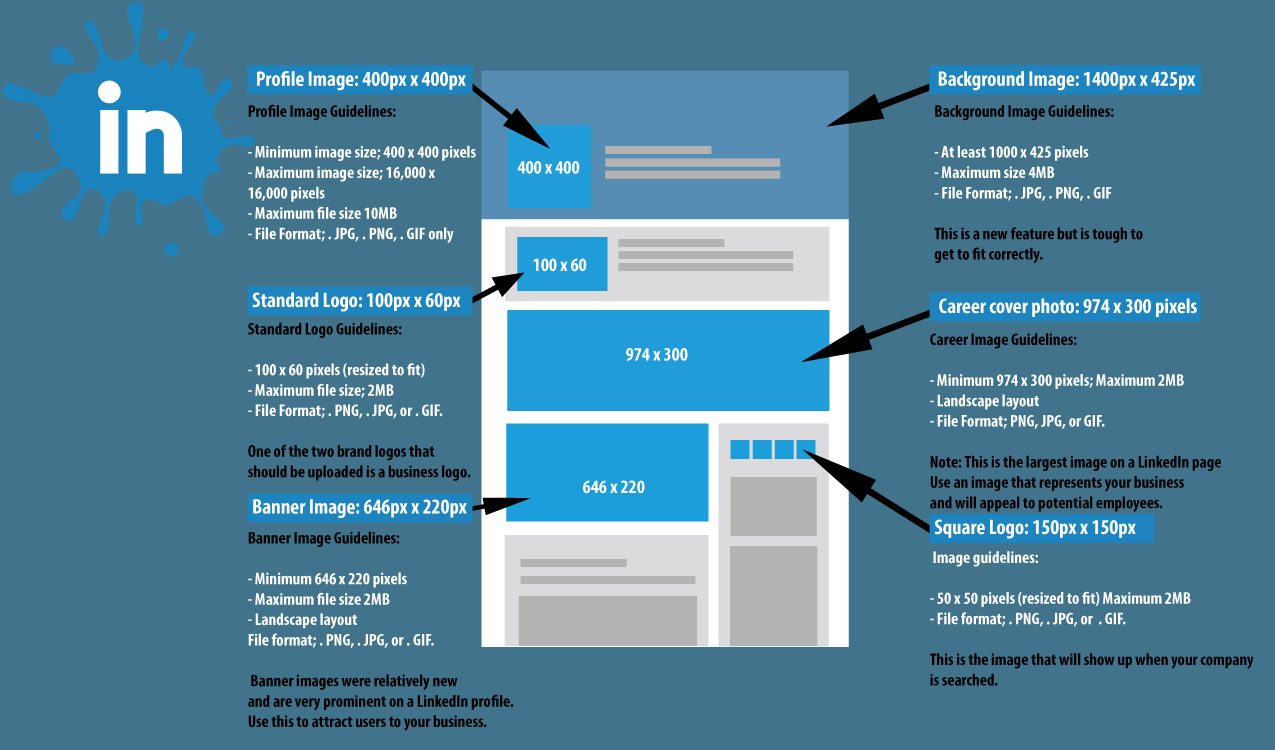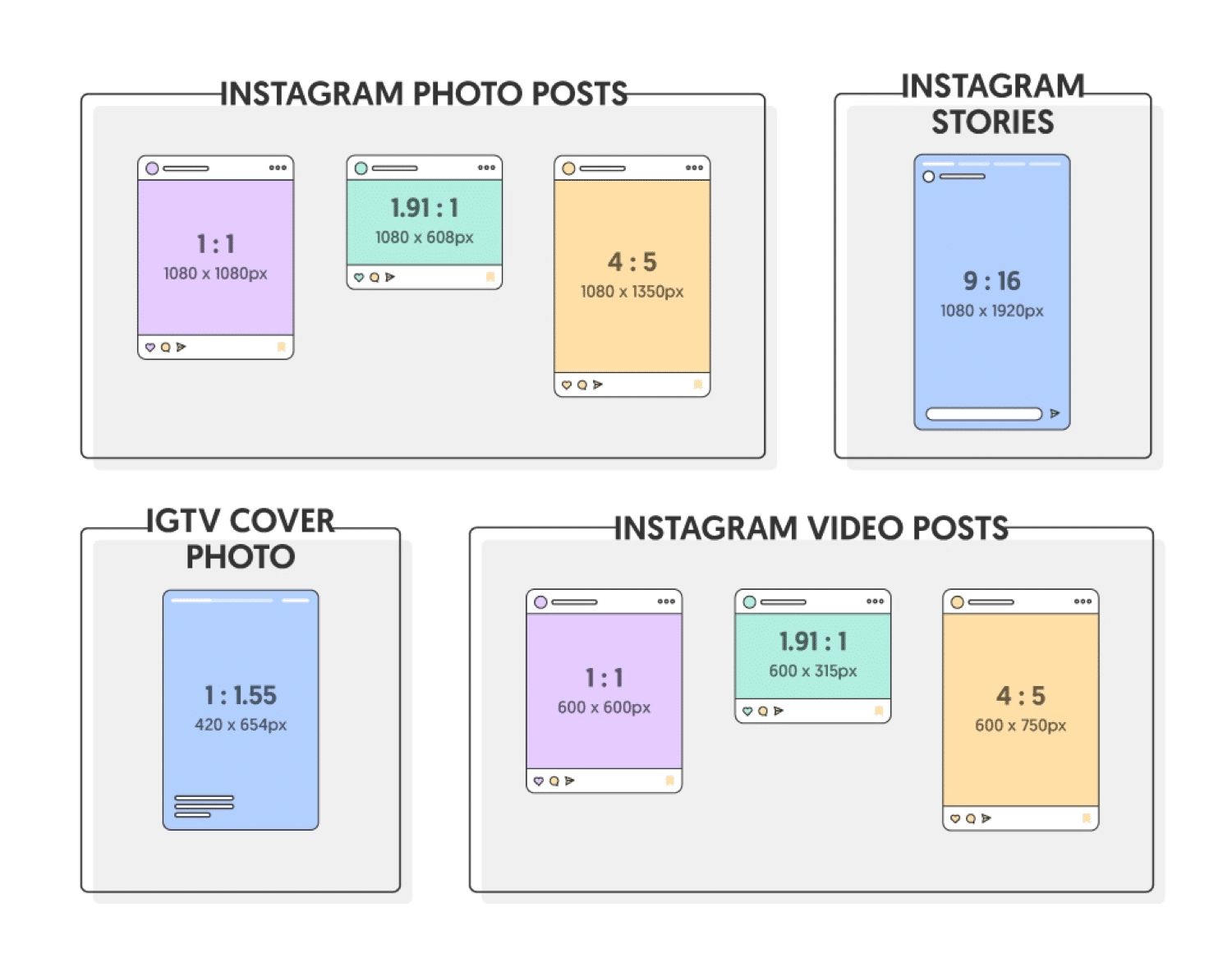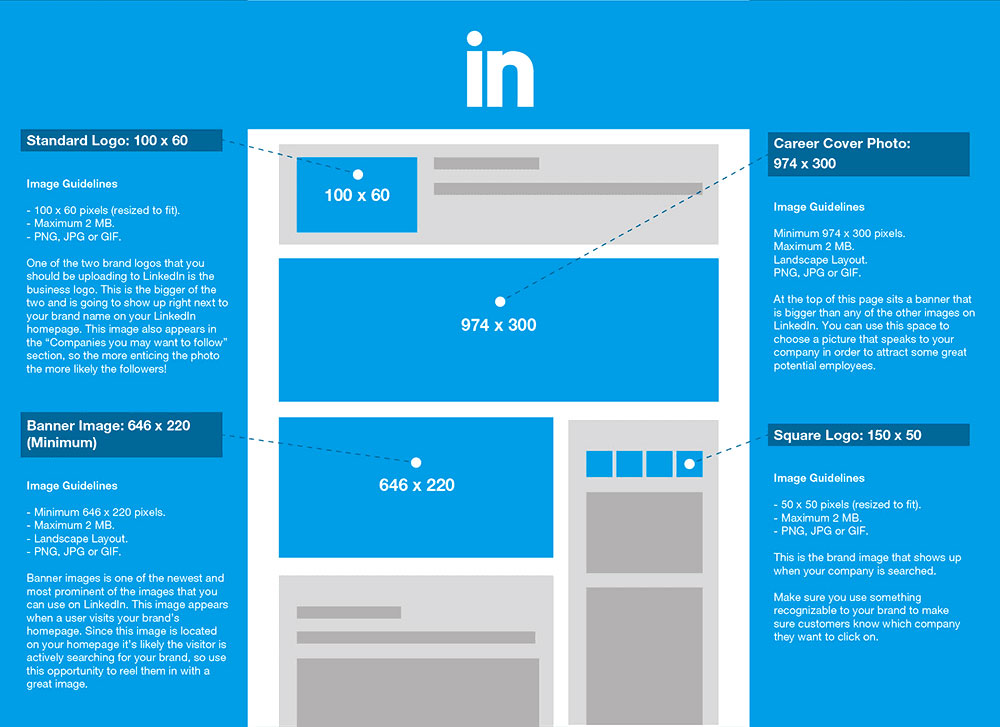

In order to properly plan your LinkedIn images, you’ll want to know what the ideal sizes should be.

All it takes is a bit of know-how and planning ahead.

Thankfully, it’s possible to avoid problems with your LinkedIn images before they begin. But it’s even worse to lose out on ROI because your ad images aren’t in top shape. It’s hard enough to miss a good opportunity because of issues with your brand aesthetic. And unfortunately, it’s possible for an ad to run despite the bad image attached to it. The last thing you want is for someone to scroll straight past your brilliant content simply because the image was cropped in an awkward way.Įven worse than that, you could be losing money you’ve invested in ad campaigns due to bad image quality. While LinkedIn isn’t heavily dependent on images, a poorly-chosen image can negatively impact your professional appearance on the platform. Even worse, your bad images might be the only thing they remember about you. LinkedIn image size, including recommended pixel sizes and aspect ratio, directly impacts how your images appear in the feed, on your profile, on your company page, and in your sponsored content.Ī poorly-sized picture can result in awkward cropping or automated thumbnail images, meaning your network won’t get the full effect of your content.


 0 kommentar(er)
0 kommentar(er)
